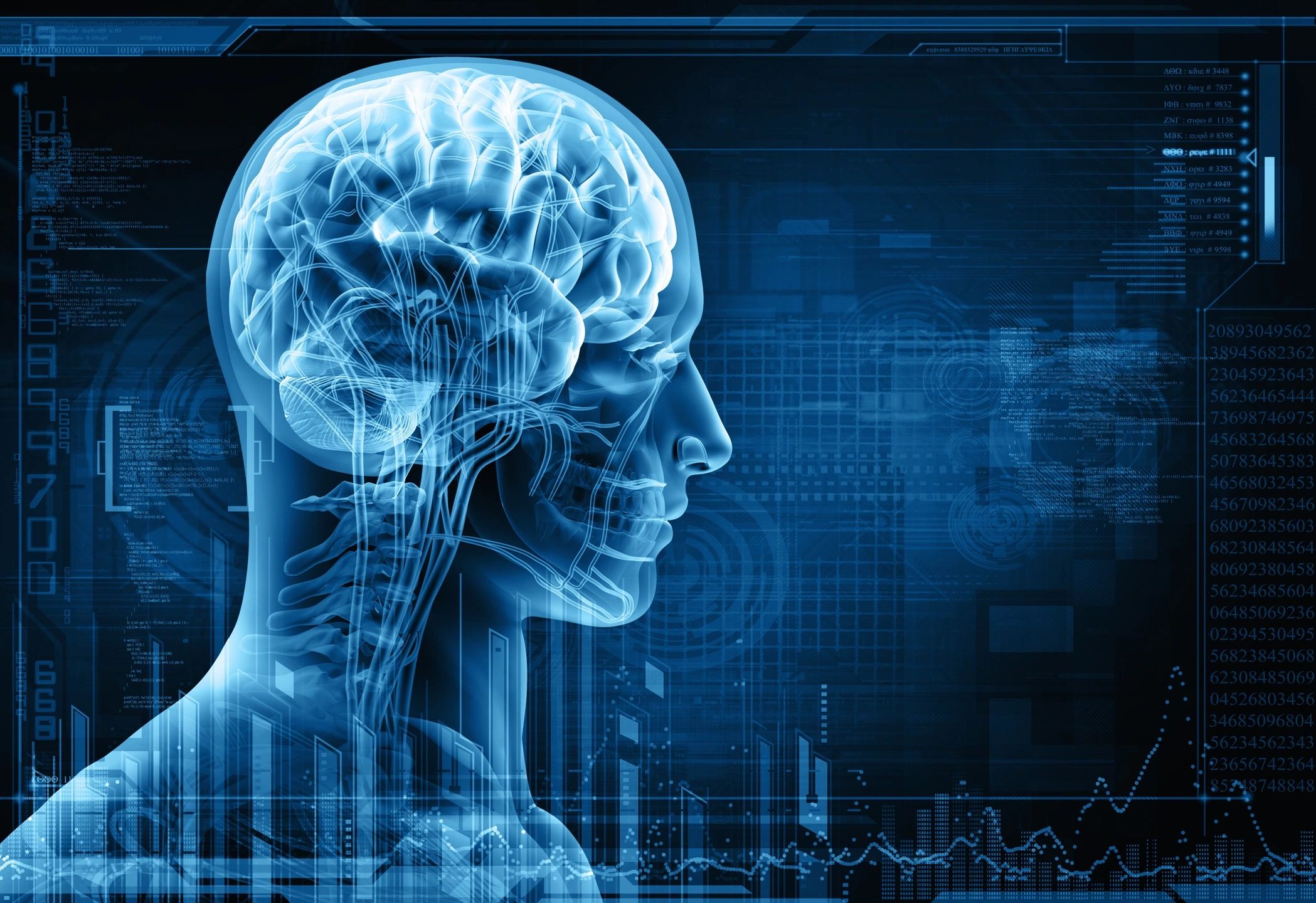The Science of Empathy (Why you can’t fake it)

Empathy is a tough one, so let me help you crack the code.
Empathy ≠ I know how you feel.
Empathy ≠ I can imagine how I would feel in your situation.
Empathy ≠ I am making sympathetic faces and sounds so you know I know how you feel.
Empathy = I feel what you feel.
The capacity for empathy is built into your nervous system. It is part of your brain’s function for survival in community with others. As your social-emotional sense organ, your brain is equipped to pick-up sensory information, below your conscious awareness, about threat or degree of affiliation from others.
Here are some of the reasons empathy is important:
- You’re able to learn from those around you by understanding their situation
- You can improve your performance at work by navigating conflict
- When you listen, you become better at problem-solving
- It can change how you approach your work
- Observing people helps you read them more effectively
- (List obtained from <https://harappa.education/harappa-diaries/meaning-and-importance-of-empathy/)
As a competency of Emotional Intelligence, empathy is a skill a leader can develop. To activate and strengthen your built-in psycho-biological empathetic circuitry, work to develop the two building blocks of Empathy: presence and connection.
Presence
Have you ever been on a call and you know the other person is multi-tasking? They may deny, but you just know. Here’s the tell: special mirror neurons in your brain pick up signals below your consciousness and make you feel what the other person is doing. That felt-sense overrides their denial, doesn’t it? We know when someone is present and when they aren’t.
Attention is a spotlight you control. It can be fully on yourself (self-absorption), or fully on something outside yourself (weak boundaries), or somewhere in between. Presence is the ability to hold attention on Self and Other simultaneously, receiving sensory information from Self and Other, and knowing the difference between what is Self and what is Other.
The challenge is two-fold:
- The flood of sensory information coming in from extended nervous system inputs (heart, gut, skin, etc) can be overwhelming and hard to sort.
- We have lost touch with our felt-sense, or disregard it, and lose access to incoming information about Other.
The good news is presence can be built like a muscle! It takes commitment and practice, like any other leadership skill. Start here:
- Feel more – The most primary somatic/EI competency of embodied self-awareness helps you grow your capacity to be simultaneously present with yourself and another.
- Learn to center in your body, mind, mood and meaning – returning to your core, over and over throughout the day, keeps you clear and focused on what is yours.
- Practice choiceful awareness – placing intention simultaneously on self and other. A professional coach is good for providing objective feedback to help you develop this skill.
- Open-eyed mindfulness practice – this is mindfulness in motion, amidst the chaos and demands of your day (verses on a cushion with a candle 😉 )
Connection
The experience of connection is A Thing. You have no doubt experienced it: that deep sense of knowing another person and feeling known by them.
Connection is wired into your being. Remember those mirror neurons? When they convey information about others’ behaviors by stimulating emotions and body sensations in our own bodies, it is called Limbic resonance.
Mirror neurons respond to another’s actions by recreating the feeling of that action within ourselves. This translates as: How would what I see FEEL in my body? It only works with actions the viewer has context and meaning for (random actions do not illicit the response). In other words, it’s not just the movement, it’s the intention behind it. This is how we understand another person’s action and read other’s intentions.
Connection is not a cognitive process! It is a physical response in your body, throughout several neural networks, that associate movement, behavior and emotions.
This is how it works: We see someone smile. Mirror neurons activate our neural network for “smile,” and we feel the emotion associated with “smile.” This elaborate neuro-process illustrates internally in our own felt sense what the other person is experiencing.
This is why emotions are contagious.
Mirror neurons are where empathy begins. Since the signals are received in our body’s sensory systems, Leaders who can feel their bodies more are more empathetic. Conversely, when body awareness is limited, the ability to understand or empathize with another is also limited. You just don’t have the neuro-biological capacity to relate empathetically with another, and connections will be compromised.
Again, we land on the Leader’s need to develop the somatic/EI competency of embodied self-awareness in order to develop empathy!
What gets in the way of empathetic connection?
- Low body awareness
- Implicit memory and psychobiological armoring (distortion)
- Insufficient resilience
- Pace of life, technology (distraction)
Here are ways to improve/increase capacity for empathetic connection:
- Somatic opening to soften armoring
- Build embodied self awareness
- Build resilience
- Spend time in nature
- Practice in relationship with others (preferably, a professional coach)
- Learn to listen with your whole being.
Why Empathy Matters to a Leader
Empathy opens communication and increases understanding. It improves bonds between people so they get more and better work done together.
Empathy is a two-way street. Just as you sense others’ truth, they sense yours. Make limbic resonance work for–not against–you! By understanding the contagious nature of moods, a skilled Leader can positively influence the mood of their team for greater cohesion, creativity and productivity.
[References and Resources: Amanda Blake, Body=Brain; Daniel Goleman on Social Intelligence]
***
Whole-being well-being expert, Liz Garrett, supports leaders in deepening embodied self-awareness so they can change their lives, their relationships, their work and, ultimately, the world.

Leave a Reply